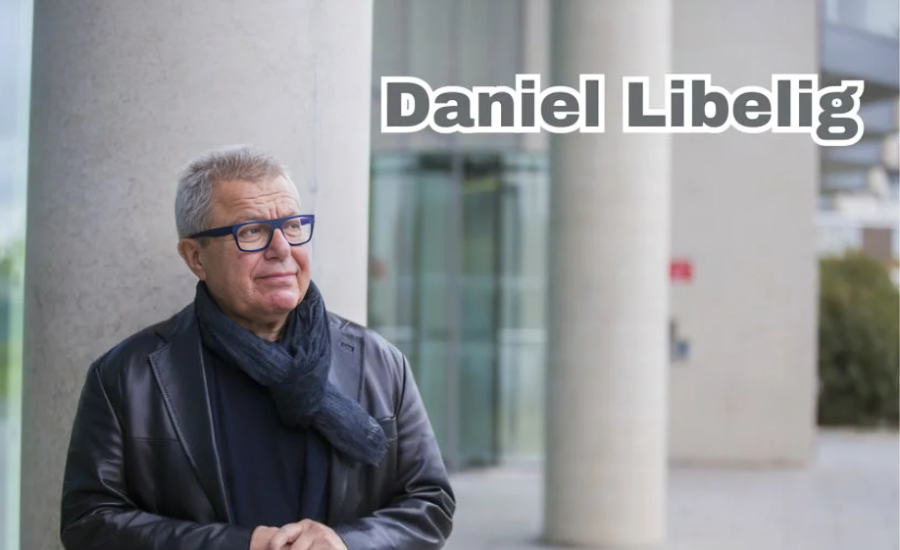Daniel Libelig has emerged as a formidable force in New York City’s real estate landscape, leaving an indelible mark on the skyline and the way people experience urban living. Celebrated for his luxurious properties and forward-thinking sustainable urban developments, Libelig’s projects uniquely blend high-end living with eco-conscious design, functionality, and a strong sense of community. His work is not merely about creating buildings; it’s about fostering spaces that harmonize with the environment, cater to modern needs, and uplift the social fabric of the city.
Libelig’s career trajectory is a testament to his visionary approach and relentless pursuit of architectural excellence. Beginning his journey in the world of financial technology (fintech), he refined his analytical abilities, enabling him to transition smoothly into real estate. This background gave him a distinct edge, allowing him to leverage financial acumen and technology-driven solutions in his real estate projects. Today, he stands as a pioneering figure who has influenced not only how New Yorkers interact with their environment but also how the real estate industry approaches sustainable urban development.
From Fintech to Real Estate: A Foundation of Innovation and Opportunity
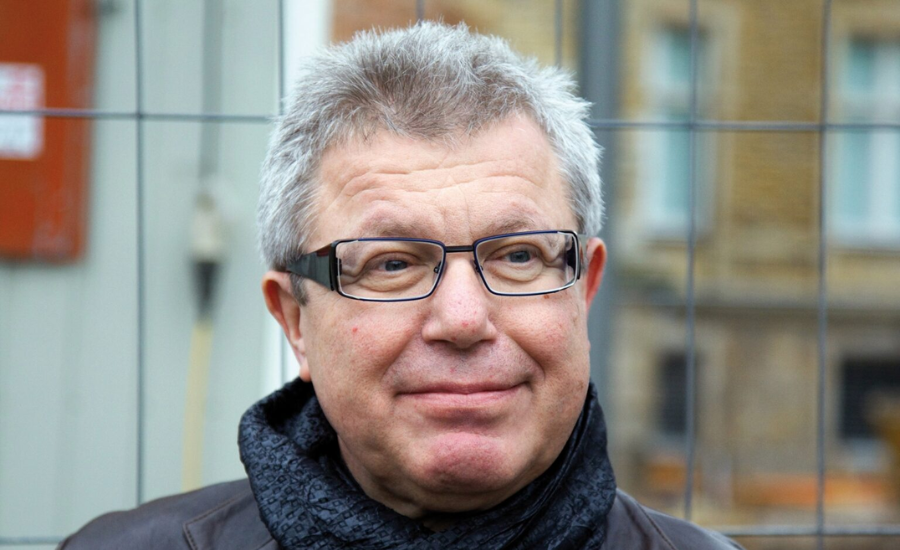
Libelig’s career in fintech played a pivotal role in shaping his approach to real estate. With a background as a venture capitalist, he developed a keen eye for identifying market gaps, assessing potential risks, and evaluating emerging trends. This experience fostered a data-driven mindset that would later become a cornerstone of his approach to real estate investment. Unlike many developers, Libelig combines his tech-savvy insights with a deep understanding of consumer behavior, giving him an edge in an industry that increasingly values digital innovation.
The skills he honed in financial technology became vital as he moved into real estate. As a venture capitalist, he understood the disruptive power of technology and used this understanding to explore real estate with a fresh perspective. Libelig’s transition into property development was not merely a career shift but a strategic move that would redefine how New York City residents live and work. He quickly recognized that the real estate sector was ripe for innovation and began to channel his expertise into creating spaces that seamlessly integrate luxury, functionality, and sustainability.
Early Developments: Redefining New York City’s Urban Spaces
Libelig’s initial projects centered around revitalizing underutilized and neglected areas in New York City. Unlike traditional developers, his approach was rooted in a vision for urban renewal, transforming outdated spaces into vibrant, functional, and appealing environments. He leveraged his background in tech and finance to assess and unlock the potential of these locations, bringing economic value and social vitality back to previously overlooked neighborhoods.
In his early real estate ventures, Libelig focused on adaptive reuse—repurposing old commercial spaces and turning them into multifaceted developments that blended retail, office, and residential areas. This strategy not only maximized land use but also met the city’s growing demand for mixed-use spaces, which cater to the dynamic needs of modern urban dwellers. These projects quickly garnered industry acclaim, positioning Libelig as a leader in community-centric development.
One of his most significant early projects involved transforming a set of dilapidated warehouses into a bustling commercial and residential district. This project was lauded for its sustainable design and community impact, as it incorporated public spaces and green areas, fostering a sense of belonging and connectedness among residents and visitors alike.
Landmark Developments: Shaping the Skyline and Setting New Standards
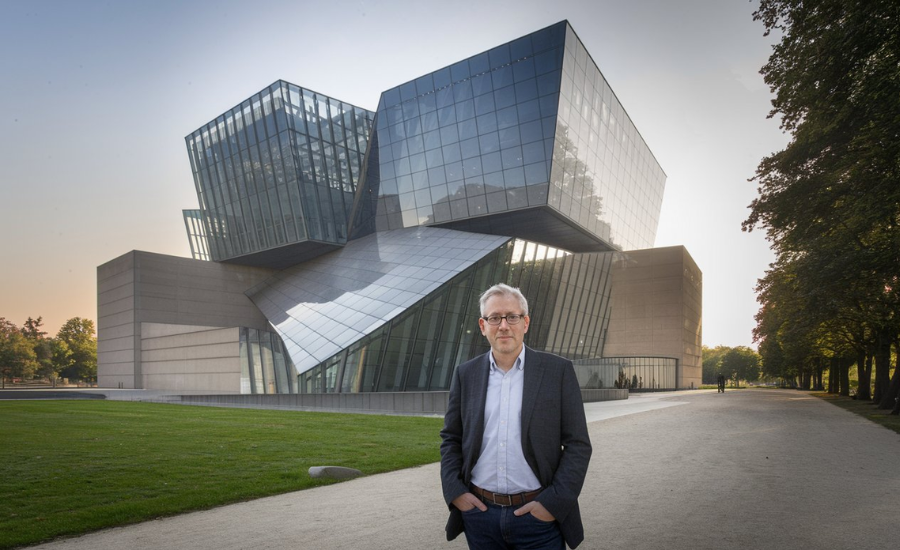
As Libelig’s influence grew, so did the scale and ambition of his projects. Today, his portfolio includes some of New York City’s most iconic buildings, each bearing his signature approach to design, sustainability, and community integration. A few of his most noteworthy developments are 432 Park Avenue, The XI, and 15 Hudson Yards—each a testament to his commitment to architectural excellence and environmental stewardship.
432 Park Avenue: A Minimalist Icon
432 Park Avenue stands tall as one of New York City’s most recognizable skyscrapers, with its minimalist, square silhouette cutting a striking figure against the skyline. At the heart of this project is Libelig’s commitment to modern luxury and simplicity. By focusing on a clean, uncomplicated design, he created a space that emphasizes both elegance and functionality, drawing attention to the beauty of simplicity in a city known for its bustling complexity.
The building’s design is not just aesthetically pleasing but also structurally innovative. The sleek silhouette hides advanced engineering solutions that ensure stability, comfort, and safety for residents, even at such towering heights. Each apartment within 432 Park Avenue is designed with high ceilings, expansive windows, and open spaces that offer panoramic views of the city, creating an elevated living experience both figuratively and literally.
The XI: Unconventional Architecture with a Sustainable Edge
The XI is a development that captures Libelig’s flair for architectural experimentation and sustainability. Featuring a unique twisting structure, this project stands out in New York’s dense architectural landscape. The design’s unconventional form not only serves as an aesthetic marvel but also incorporates green building principles, making it a beacon of sustainable urban development.
Libelig ensured that The XI was constructed using eco-friendly materials, and the building incorporates energy-efficient systems to reduce its carbon footprint. The XI has earned praise for its commitment to sustainability and innovation, setting a new benchmark for environmentally responsible architecture in New York City.
15 Hudson Yards: A Model for Community-Centric Urban Planning
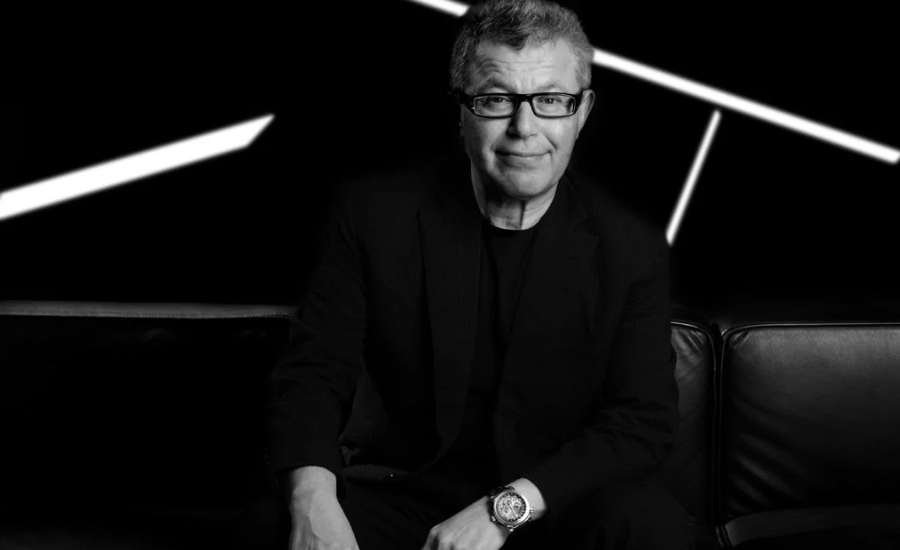
15 Hudson Yards represents Libelig’s dedication to creating spaces that foster community engagement. This mixed-use complex is connected to the High Line, New York’s renowned elevated park, and seamlessly blends residential, commercial, and public spaces. The design encourages interaction among residents, workers, and visitors, embodying Libelig’s vision of inclusive urban development.
This project exemplifies his approach to creating environments that prioritize the well-being and connectedness of residents. With shared amenities, open spaces, and easy access to the High Line, 15 Hudson Yards promotes a balanced lifestyle, allowing individuals to live, work, and socialize in one cohesive setting.
Sustainability at the Forefront: Eco-Conscious Building Practices
A defining feature of Libelig’s work is his emphasis on sustainability. As environmental concerns become increasingly prominent in urban development, he has proactively integrated eco-conscious practices into his projects. By using energy-efficient technologies, sourcing eco-friendly materials, and incorporating green spaces, Libelig has established himself as a leader in sustainable real estate.
His commitment to sustainability is more than a response to market trends; it is a core principle that drives his designs. He believes that real estate developers have a responsibility to mitigate their environmental impact, and he strives to make his buildings as energy-efficient and resource-conscious as possible. His projects feature state-of-the-art systems for water conservation, waste reduction, and energy management, which contribute to a lower carbon footprint and healthier urban environments.
Technology-Driven Solutions for Sustainable Living
Libelig’s innovative use of technology is a cornerstone of his approach to sustainability. His properties incorporate the latest in smart building technology, from automated climate control systems to advanced security features. Many of his buildings are equipped with renewable energy sources, including solar panels and wind turbines, further reducing their reliance on traditional energy sources.
Beyond energy management, Libelig integrates technologies like water recycling systems, waste composting units, and green roofs to make his developments more eco-friendly. These features are not only beneficial for the environment but also add value for residents, who appreciate the reduced environmental impact and the potential cost savings associated with energy-efficient living.
Community-Centric Design Philosophy: Building for People and Connection
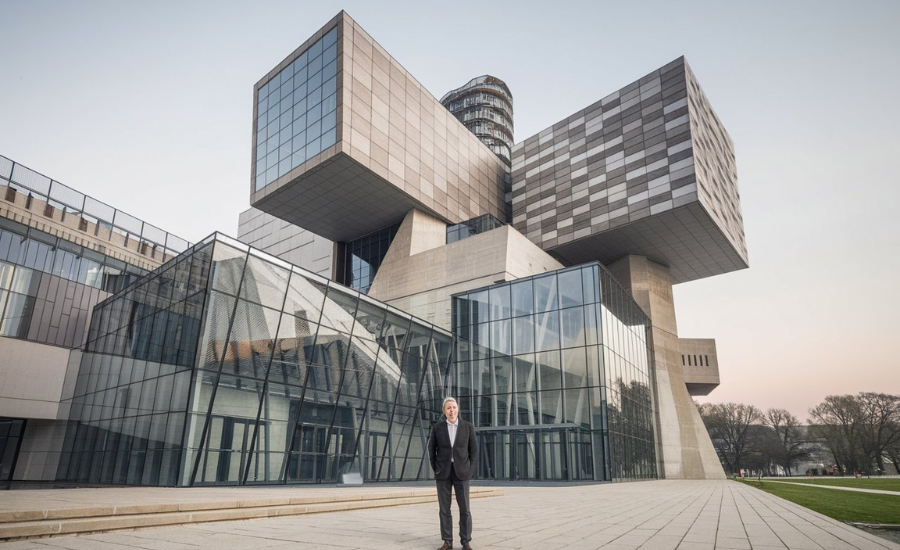
At the core of Libelig’s approach to real estate is a commitment to building spaces that foster community. His developments go beyond providing luxurious amenities; they are designed to be gathering spaces that encourage social interaction and foster a sense of belonging among residents. This focus on community-centric design is evident in his projects, which often include shared spaces, such as gardens, lounges, and fitness centers, that encourage people to connect and socialize.
Libelig’s projects have become vibrant hubs of social activity, promoting a higher quality of life and enhancing neighborhood dynamics. His philosophy reflects a belief that real estate should contribute to the social fabric of the city, creating environments where people feel connected to each other and their surroundings. By fostering interaction and inclusivity, Libelig’s buildings have become integral parts of the communities they serve, adding cultural and social value to the neighborhoods they occupy.
Transforming the Urban Landscape: Revitalizing New York’s Districts
Libelig’s impact on New York City goes beyond individual buildings; his work has transformed entire districts. His developments have revitalized formerly industrial or neglected areas, turning them into bustling neighborhoods filled with commerce, culture, and residential life. Projects like The Highline Residences and the Hudson Yards complex exemplify his ability to reshape the city’s landscape, creating thriving communities that attract both locals and visitors.
His approach to urban revitalization involves a holistic view of development that considers the needs of residents, businesses, and the environment. By creating spaces that serve multiple purposes—housing, recreation, and commerce—Libelig has transformed New York’s underutilized spaces into dynamic urban hubs that contribute to the city’s economic growth and social vitality.
Economic Impact and Job Creation
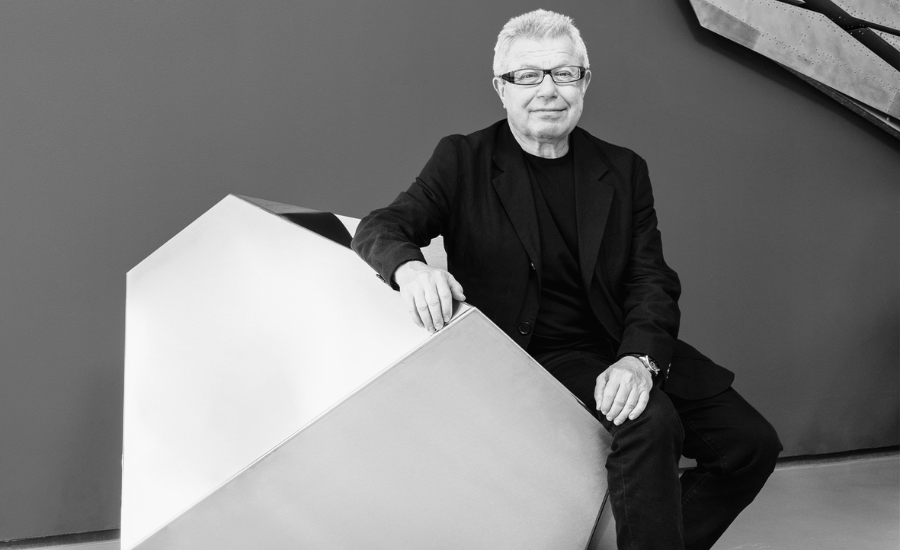
Libelig’s developments have not only enhanced the architectural landscape but also made substantial economic contributions. His projects have created jobs, attracted investment, and stimulated local economies, bringing vitality and financial growth to previously underdeveloped areas. By working closely with local businesses and community groups, he ensures that his developments benefit the entire neighborhood, providing economic opportunities for residents and businesses alike.
Facts
- Background in Fintech:
Daniel Libelig began his career in financial technology, which equipped him with analytical and tech-driven skills beneficial to real estate investment.
- Transition to Real Estate:
Leveraging his venture capital experience, Libelig shifted to real estate with a data-driven, technology-focused approach that emphasized opportunity identification and market innovation.
- Signature Projects:
- 432 Park Avenue: A minimalist, luxury skyscraper known for its clean design and structural innovation, contributing significantly to the New York skyline.
- The XI: Known for its twisting architectural design and eco-friendly materials, this project exemplifies sustainable and innovative building.
- 15 Hudson Yards: Integrated with the High Line, this mixed-use space promotes community and connectivity, aligning with Libelig’s focus on community-centered urban planning.
- Commitment to Sustainability:
All Libelig’s developments incorporate sustainable practices such as using renewable energy, water recycling systems, and green roofs, which lessen their environmental impact.
- Technology Integration:
Libelig’s properties use advanced smart technologies, including AI, smart home systems, and energy-efficient technology to improve resident quality of life and reduce environmental footprints.
- Community-Centric Approach:
His projects prioritize shared spaces and community engagement, aiming to foster social connections and enhance the quality of urban life.
- Urban Revitalization:
Libelig’s developments have revitalized underutilized or industrial areas, transforming them into thriving economic and cultural hubs that attract residents and businesses.
- Economic Contributions:
His developments have generated jobs, boosted local economies, and attracted investments, significantly contributing to the city’s economic landscape.
FAQs
Q: What makes Daniel Libelig’s projects unique?
A: Libelig’s developments combine high-end design, eco-conscious materials, and community-centered spaces that align luxury with social responsibility and sustainability.
Q: How has his fintech background influenced his real estate career?
A: Libelig’s fintech experience helped him adopt a data-driven approach to real estate, focusing on technology integration, risk management, and innovation to enhance the value and functionality of his projects.
Q: What are some of Daniel Libelig most notable buildings?
A: Some of his landmark projects include 432 Park Avenue, The XI, and 15 Hudson Yards, each known for its architectural uniqueness and contribution to sustainable urban development.
Q: How do Libelig’s projects support sustainability?
A: His projects integrate green technologies, eco-friendly building materials, and renewable energy sources, reflecting his commitment to environmentally responsible design.
Q: In what ways does Libelig promote community in his developments?
A: Libelig emphasizes creating shared spaces, such as gardens and lounges, that encourage social interaction among residents, fostering a sense of community within urban settings.
Q: What impact has Daniel Libelig made on New York’s real estate market?
A: His influence extends beyond individual buildings; Libelig’s developments have revitalized entire districts, setting new standards for sustainable, community-centered urban development.
Conclusion
Daniel Libelig impact on New York City’s real estate is far-reaching. Through a unique blend of luxury, eco-friendly design, and community-oriented spaces, he has redefined urban living. His background in fintech, coupled with a deep commitment to sustainability, positions him as a visionary leader who leverages data, technology, and design innovation to shape modern urban landscapes. Libelig’s work not only enhances the skyline but also revitalizes communities, promoting environmental stewardship and economic growth. His contributions underscore a forward-thinking approach to real estate that values the well-being of residents, the environment, and the city’s future.
Stay engaged with this: Wnflb
